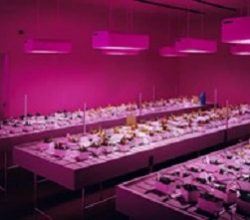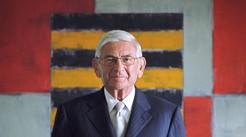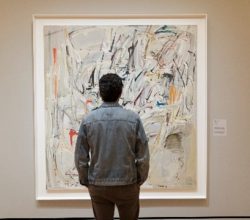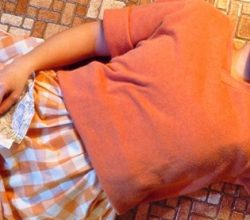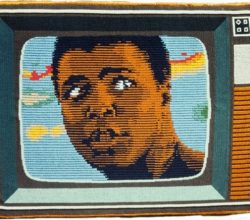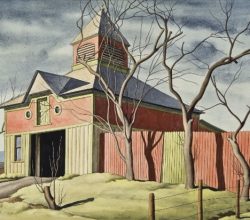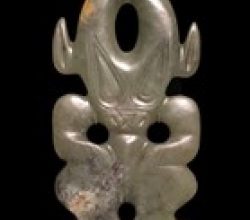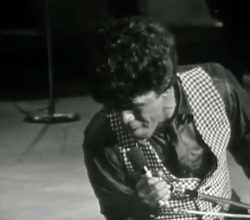
Easel Essay: Arthur Jafa’s swing
Morgan Meis | The-Easel | 4th May 2021
Jafa was a fringe figure in the art world when, in 2016, he made the video Love is the Message, The message is Death. Its reputation steadily grew. Last year, it was streamed simultaneously by 13 international museums. Wow! Morgan Meis considers why a seven minute video has made Jafa a major art world figure.
“We’ve been taught how swinging works in music for more than a hundred years. One way to look at Love is the message is to see it as an attempt to … make visual images swing. Swing takes it for granted that how you get from A to B matters just as much as that you get from A to B. [Jafa’s] curation and editing of a bunch of short video clips expresses a deeper aesthetic … that is completely particular and completely universal at the same time.”

